A few words about Argentina
Hey there! I think its worth summing up everything I've written about Argentina in a brief post. Just in case anyone is thinking about visiting in the future but still wants some more information about the country. Here's a brief summary of some of the more general things you might want to know about it. I hope it helps.
As we all know, Argentina is a South American country that borders with Chile in the west, Paraguay and Bolivia in the north, Brazil and Uruguay in the east, with the Atlantic Ocean in the southeast and the confluence of the Atlantic and Pacific Ocean in the south. Argentina (including Tierra del Fuego, Antarctica and the southern Atlantic islands) is the second largest country in South America.
Territory
Argentina is home to some wildly different, and famous areas. The Andes run along the border with Chile and the mountain range reaches it highest point at el Aconcagua, 6, 959 metres. The northern and central areas are identifiable by the high, windy plateau of Puna de Atacama, a southern extension of the Bolivian highlands that sit 3000m high, as well as a vast area of foothills that vary in height, reaching between 600 and 2, 500 metres. In this area there are loads of valleys and deep river basins, their depth caused by the rivers that flow eastward.
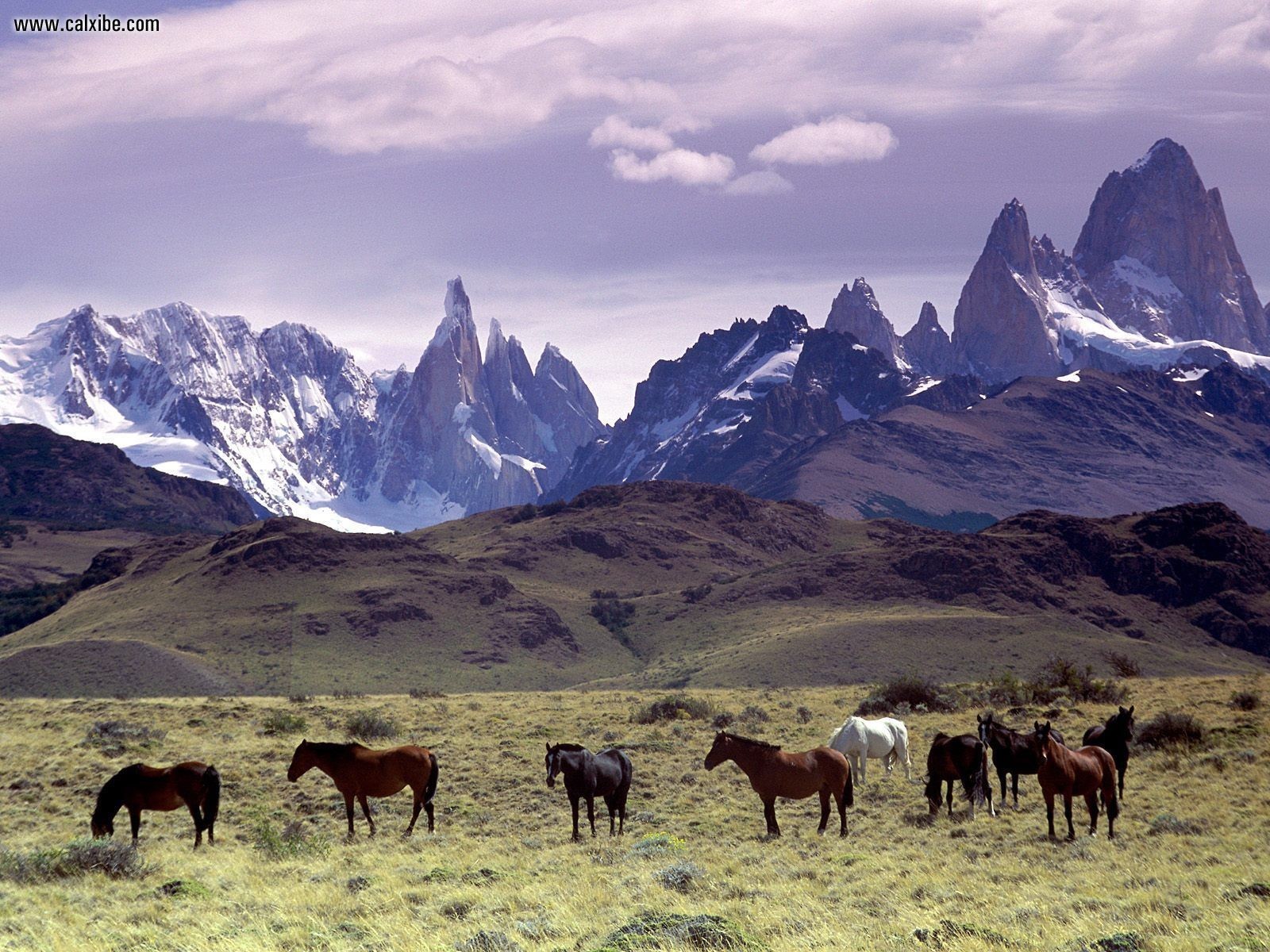
The Argentinian lowlands are split into three main regions: Llanuras Septentrionales, Pampas and Patagonia. The first spans from the Chaco region - a semiarid tropical lowland that gently slopes downwards - to the northeast of Mesopotamia. The last is located between the Paraná rivers and Uruguay and is known for its frequent rain.
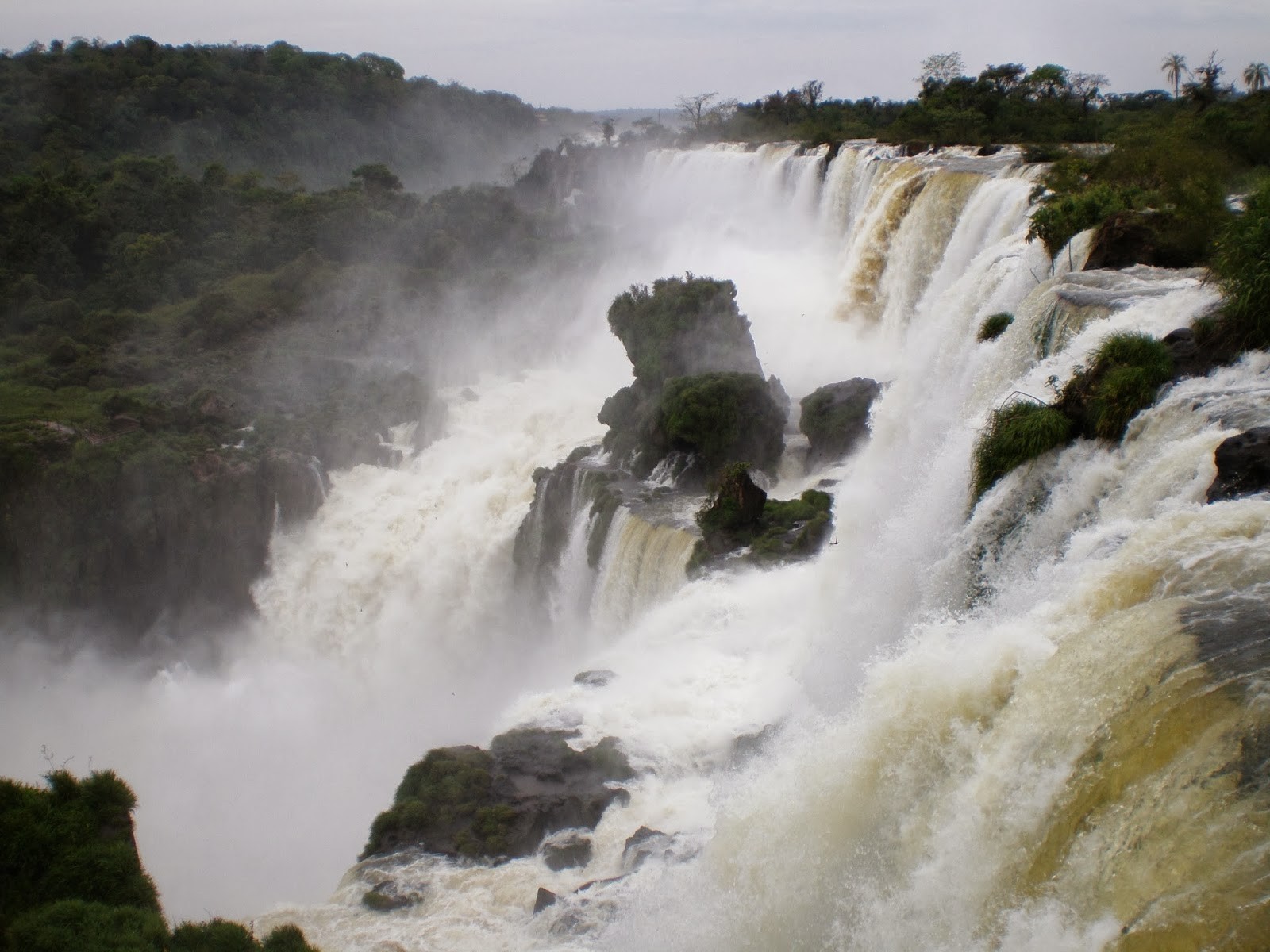
In the northeast, the land rises up to the undulating plateau of Paraná, where the rivers have created grooves in the areas covered in lava. The land is covered in virgin jungle and the Iguazú river forms one of Nicaragua's largest cataracts. The heart of Argentina are the Pampas, a series of virtually barren plains that go as far as Chaco in the south, between the Andean foothills and the Atlantic. The Paraná and Uruguay rivers pass through and end at the estuary of the Rio de la Plata. South of the Colorado river, the land stretches towards Antartica where the plateaus and fairly large valleys of Patagonia are found, as well as an abundance of lakes.
Climate and vegetation
For most of the north, winter is usually dry and the summer hot and humid. Chaco gets between 500 and 1, 000 mm of rain in summer but rainfall is greater and more year round in Mesopotamia. Pampas has benign winters and hot summers.
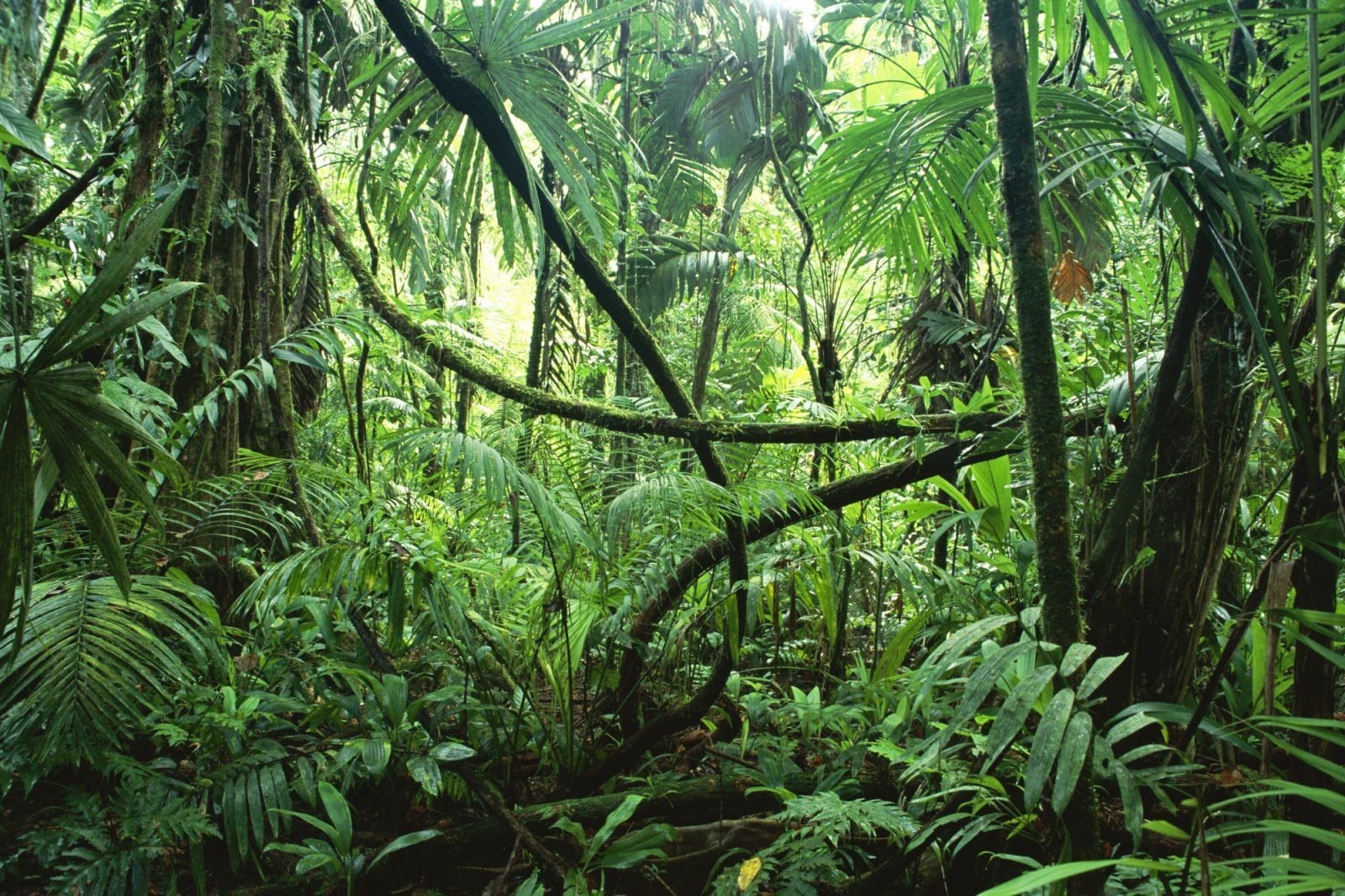
The wet la Pampa region extends to the east of Córdoba and Bahía Blanca; the dry parts to the west, with less rainfall as you get closer to the foot of the mountains. The temperature in Patagonia is less extreme despite it's latitude due to the moderating effect of the Atlantic. The southern coasts of Patagonia are often shrouded in fog with frequent strong winds.
The vegetation in Puna de Atacama has been reduced to a few scattered grasslands and some drought resistant shrubs. In the east, there are forests full of beech trees and Chilean pines. In the valleys and rainy river basins, steppe vegetation is most common. In the dryer areas, south of Tucumán, salt lakes and the like dominate the landscape. In Chaco there are deciduous forests, spines, savannah and swamps. In the beautiful subtropical forests of the northeast, the 'mate' herb is plentiful. In the Pampas there are very few trees yet extensive grassland. Patagonia is a practically a desert or at least semi-desert steppe for the most part, small trees and spiny plants are common with some grassland in the valleys.
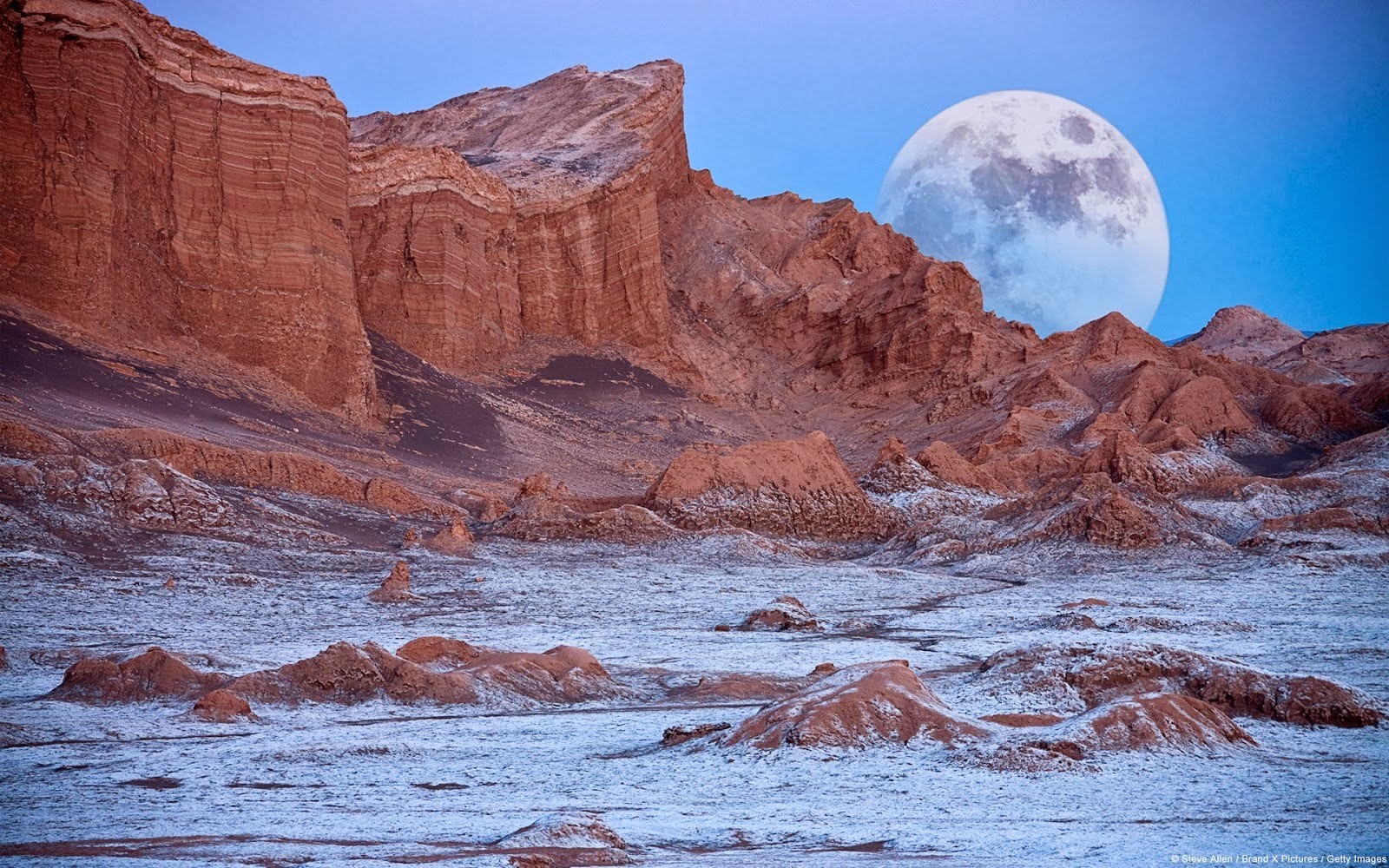
Population
The Argentinian population is predominately white, descendants of the first wave of Spanish colonisers and later the principally Spanish and Italian migrants. Population density is fairly low (11. 8 inhabitants per km2) but is extremely unevenly distributed. In la Pampa, roughly 22% of Argentina, almost 66% of the population reside there. Also, the population is largely urban (88%). In the capital, Buenos Aires, there are 2, 924, 000 people, but Gran Buenos Aires is home to more than a third of the Argentinian population (11, 125, 000 inhabitants). Other important cities are: Córdoba (1, 055, 000), La Plata (611, 000), Mendoza (668, 000) and San Miguel in Tucumán (571, 000). These numbers are common in developed countries like Argentina.
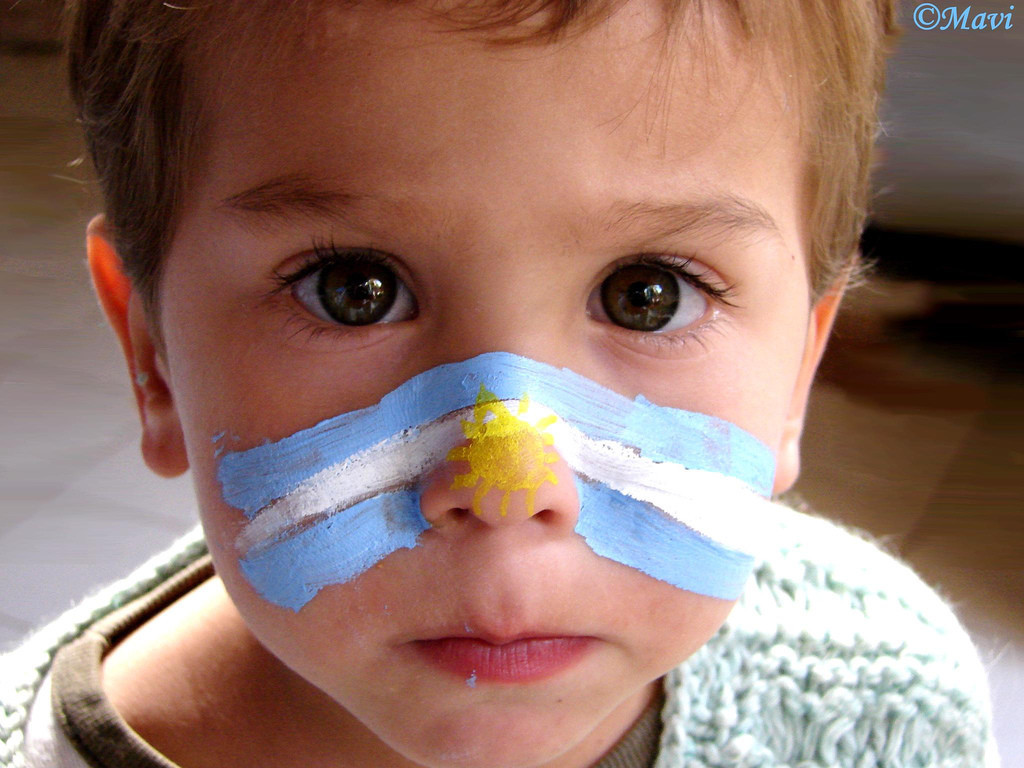
It has a younger population than Europe and the USA, an annual growth of 1. 5% with women of child bearing age each having on average 2. 8 children. Average life expectancy is 71 years old, but child mortality is much higher than in another countries with similar demographic figures, standing at 29 per 1000. Argentina's cultural level is high with education both obligatory and free of charge. Illiteracy is 4. 7% and 79. 4% of children aged between 12 and 17 years old are in school. However, due to the serious crisis in the 80s, public spending in education has declined. The appropriation of 3 doctors for every 1000 inhabitants is excellent.
Economy
The Argentinian economy has remained balanced between the three main sectors of production. During the 70s and 80s they suffered a recession which they only started to recover from in the 90s. In 1991 GDP rose by 5. 9% and inflation, that reached double figure monthly rates in the decades before, fell substantially. Unemployment rates also fell whilst purchasing power increased. The main problem that stands in the way of further development now is the increase in foreign debt. On the other hand, this economic rejuvenation has led to an increase in social inequality.
The primary sector is agriculture, in particular crops and livestock. The wet Pampa region produces maize, wheat, flat and alfalfa on a large mechanised scale. Mendoza, Tucumán and Salta to the west and northwest; as well as Formosa, Corrientes and Posadas in the northeast produce leather, mate, sugar, wine and alfalfa. The province of Mendoza is the biggest in the vineyard oasis. Due to the lack of rain, all the crops depend on efficient irrigation bringing water from the Andes.
Argentina are the world's 3rd largest producers of soya (10. 6%), 8th largest in millet and sorghum (2. 8%) and 9th in leather production (1. 6%). They are also the 5th largest exporter of cereals (4. 6%). Livestock is extremely important to the country and is distributed from the northeast to the centre of the country. Cows are the main animal, but horses and sheep have a part to play as well. Sheep are mostly herded in Patagonia. Argentina has the highest rate of meat consumption per inhabitant.

With the exception of petrol, Argentina is not rich in minerals. It has uranium, tungsten, copper, mica and lignite.
Argentina imports around half of its required timber. They use mainly the quebracho, conifers and eucalyptus trees. Fishing is of little importance as it has no place in the country's regular diet. The main deposits of petrol and natural gas are found in Comodoro Rivadavia, Patagonia, which produces around 60% of the country's total.
Industry is a developing sector although it's still principally focussed on meat packaging and other animal byproducts: hides, bones, blood, tails. The newest industries are plastic, steelworks, textiles, engines, construction materials, cement and petrochemicals. In total, 85% of industrial production is concentrated in la Pampa. Tourism is a developing and rising sector and an important source of income.
Transport and Communication
Overall it is good. The railway is particularly well developed, with more than 32, 000 km of railway lines across the country. The main roads often run parallel to the train tracks and have been vastly improved in recent years. The main ports are in Buenos Aires and Bahía Blanca. Internal airports are good and connect all the country's major cities; international flights connect Buenos Aires with the main capitals of Europe.
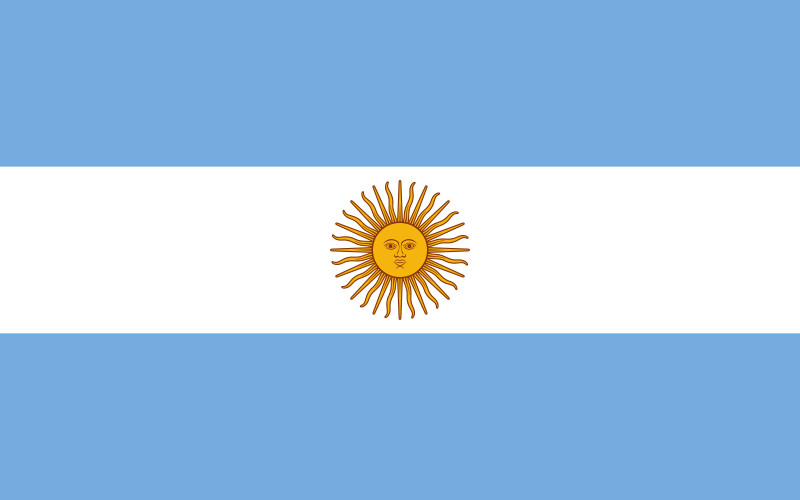
Photo gallery
Content available in other languages
- Español: Breve resumen sobre nuestra Argentina
- Português: Breve resumo sobre a nossa Argentina
- Italiano: Breve riassunto sulla nostra Argentina
- Français: Bref résumé à propos de notre belle Argentine
- Polski: Krótkie streszczenie "naszej" Argentyny
Want to have your own Erasmus blog?
If you are experiencing living abroad, you're an avid traveller or want to promote the city where you live... create your own blog and share your adventures!
I want to create my Erasmus blog! →










Comments (0 comments)